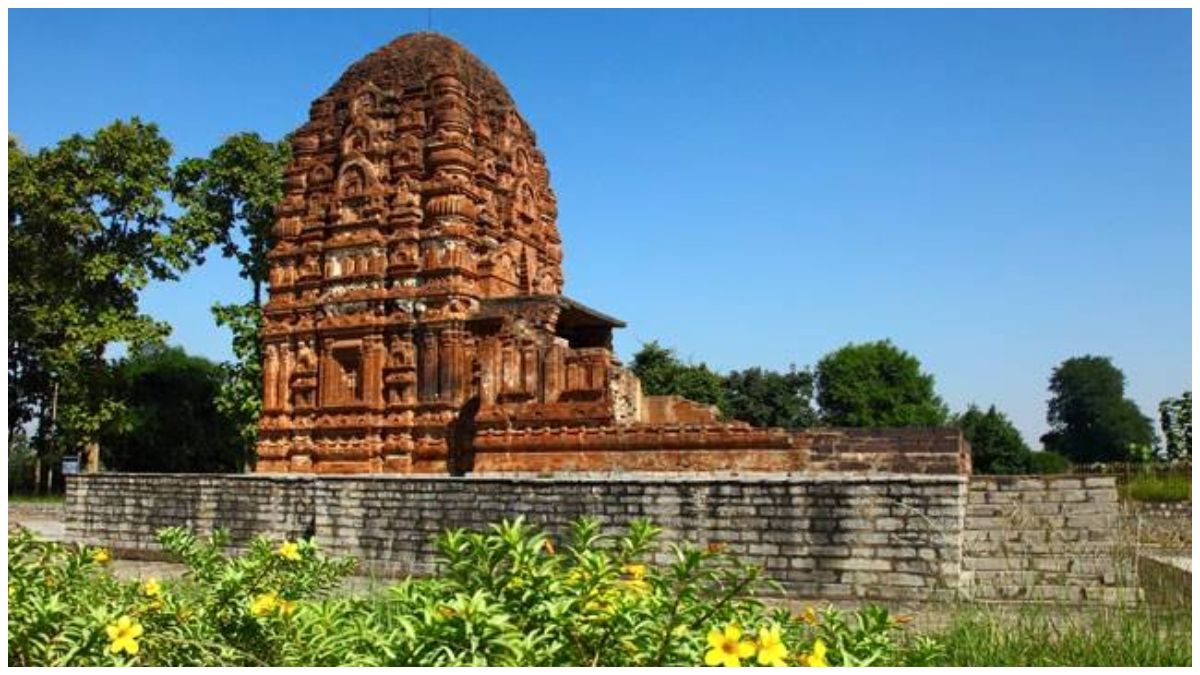A look 10 countries with utmost UNESCO World Heritage spots
As of 2024, there are 1,223 UNESCO World Heritage spots worldwide, honored for their global artistic, literal, or natural significance. Then are the top 10 countries with the loftiest number of these prestigious spots
Italy( 60)
Italy leads with 60 UNESCO World Heritage spots, reflecting its unequaled literal and artistic wealth. These spots gauge from ancient Roman armature to Renaissance masterpieces, including the Colosseum in Rome, the remains of Pompeii and Herculaneum, and the major centers of Florence and Venice.
China( 59)
China follows with 59 World Heritage spots, representing its vast artistic and literal diversity. These include the Great Wall, an ancient phenomenon stretching over 13,000 long hauls, the interdicted megacity in Beijing, which served as the Homeric palace for 24 emperors, and the Terracotta Army in Xi’an, with its thousands of life- sized complexion dogfaces.
Germany(54)
Germany ranks third with 54 UNESCO World Heritage spots, reflecting its rich history and artistic achievements. Highlights include the Cologne Cathedral, a masterpiece of Gothic armature, and Neuschwanstein Castle, a puck- tale- suchlike structure in the Bavarian mounts.
France( 53)
France is home to 53 UNESCO World Heritage spots, showcasing its immense artistic and literal heritage. crucial spots include the major center of Paris, with milestones similar as Notre- Dame Cathedral and the Louvre Museum, Mont Saint- Michel, a stunning islet village with a medieval monastery, and the Palace of Versailles.

Spain( 50)
Spain boasts 50 World Heritage spots, reflecting its different artistic and natural heritage. Notable spots include the Alhambra in Granada, an exquisite illustration of Moorish armature, and the major center of Toledo, which blends Christian, Jewish, and Muslim influences. Antoni Gaudí’s architectural masterpieces in Barcelona, including the Sagrada Familia and Park Güell, are also prominent.
India( 43)
India ranks sixth with 43 UNESCO World Heritage spots, representing its rich shade of history, culture, and church. Significant spots include the Taj Mahal in Agra, a symbol of love and architectural splendor, and the Qutub Minar in Delhi, an emotional illustration of early Islamic armature. The Red Fort in Delhi, the ancient megacity of Hampi, and the tabernacles of Khajuraho are also notable.
Mexico and United Kingdom( 35)
Mexico and the United Kingdom partake the seventh spot with 35 World Heritage spots each. In Mexico, highlights include the ancient Mayan remains of Chichen Itza and the major center of Mexico City. The UK features notable spots like the Tower of London, a symbol of British history, the megacity of Bath with its Roman cataracts and Georgian armature, and Stonehenge, an iconic neolithic monument.
Russia( 32)
Russia has 32 UNESCO World Heritage spots, showcasing its vast artistic and natural geography. crucial spots include the major center of Saint Petersburg, with its grand palaces and conduits, the Kremlin and Red Square in Moscow, central to Russian history, and Lake Baikal, the world’s deepest and oldest brackish lake.
Iran( 28)
Iran ranks ninth with 28 UNESCO World Heritage spots, reflecting its ancient civilization and artistic diversity. Notable spots include the ancient remains of Persepolis, once the conventional capital of the Persian Empire, and the Armenian Monastic Ensembles, which showcase medieval Armenian armature.
Japan( 26)
Japan has 26 UNESCO World Heritage spots, pressing its unique artistic and natural heritage. Notable spots include the major tabernacles and sanctuaries of Kyoto, similar as Kinkaku- ji and Fushimi Inari Taisha, the sacred Mount Fuji, a symbol of Japan, and the traditional vill of Shirakawa- go, known for its unique gassho- zukuri armature.






